The ringtail pokes her head out during release back into the wild | Photos: Laura Corsiglia of Bird Ally X
###
A little more than two months after a very young ringtail who had been separated from its mother was brought to the Humboldt Wildlife Care Center for help, the organization recently announced that the adorable little critter was released back into the wild.
“She basically fell into someone’s chimney,” Monte Merrick, director of the Humboldt Wildlife Care Center, told the Outpost on Friday afternoon. Merrick said that the critter was brought into the center in July by a Hoopa family that discovered her in their home. “She was probably about eight weeks old when we got her.”
The center made the baby ringtail a cozy home inside and immediately started her on a milk-replacer. A couple of weeks into her stay, the ringtail was weaned onto a solid food diet, consisting of egg, fruit, vegetables, insects, rodents and birds. Around that time, the center also moved the ringtail to an outdoor house, so that she could acclimate to the outdoors and begin hunting.
The ringtail being tube-fed milk replacer
The ringtail (Bassariscus astutus) is also commonly called ring-tailed cat or miners cat, but is not actually a cat. Ringtails are in the same family as racoons and are also omnivores. But unlike racoons, ringtails love to hunt and employ unique methods for catching their prey. “They can do extremely rapid vertical descents,” Merrick told the Outpost. So it was important for the center to build the ringtail a house with lots of vertical space for her to practice.
Once the ringtail had grown to a good enough size, her caretakers began to plan for her release. But because of the extreme heatwave affecting most of California, they decided to wait for a break in temperatures so that the ringtail would have an easier time acclimating. Last week, when the temperatures were finally cooler, the ringtail was released into the woods in her birthplace of Hoopa.
“This ringtail needed us,” Merrick wrote on the HWCC website. “All of our patients do. This necessity, and the sorrow of this necessity, is also with us daily. And this necessity is what makes our position so precarious.”
If you would like to help the Humboldt Wildlife Care Center with its critter-helping work, you can donate here.
Scroll down for more photos of the ringtail’s release.
The release box being carefully placed in the woods by a staff member
One last look back, before she was gone
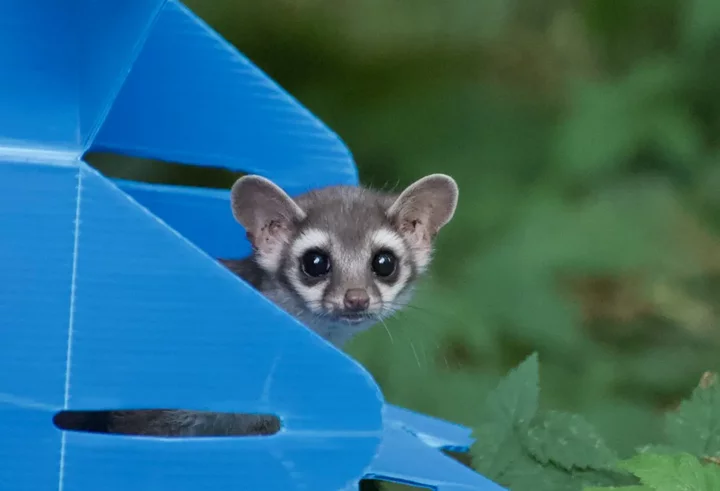
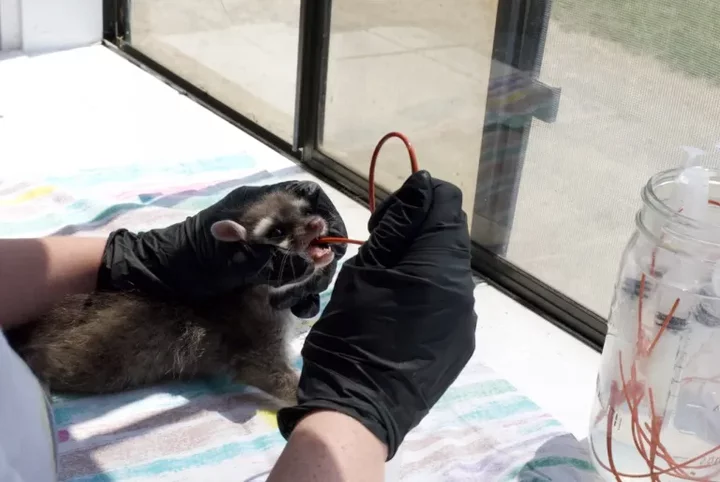
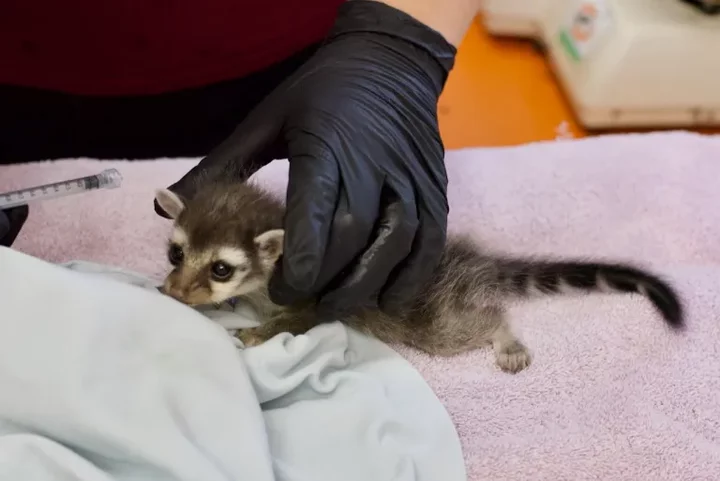
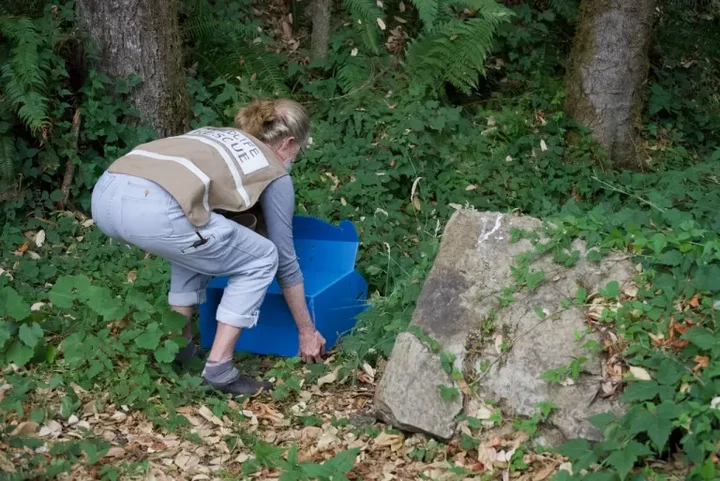
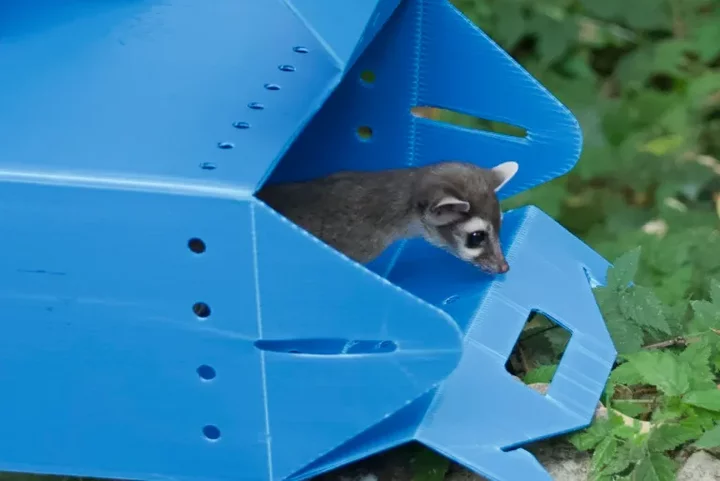
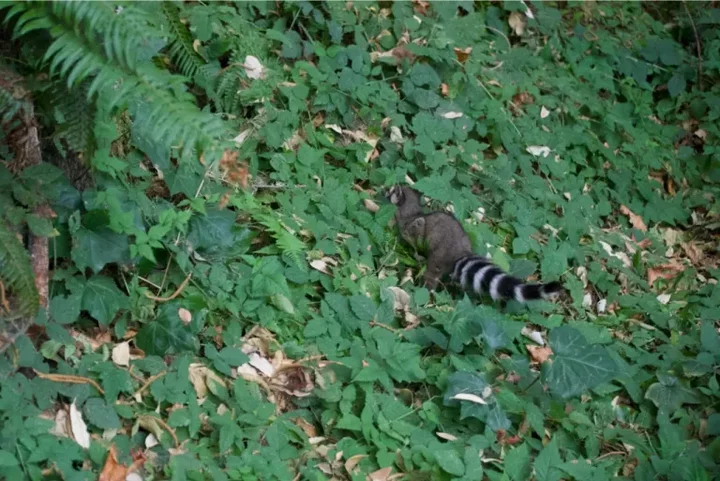

CLICK TO MANAGE